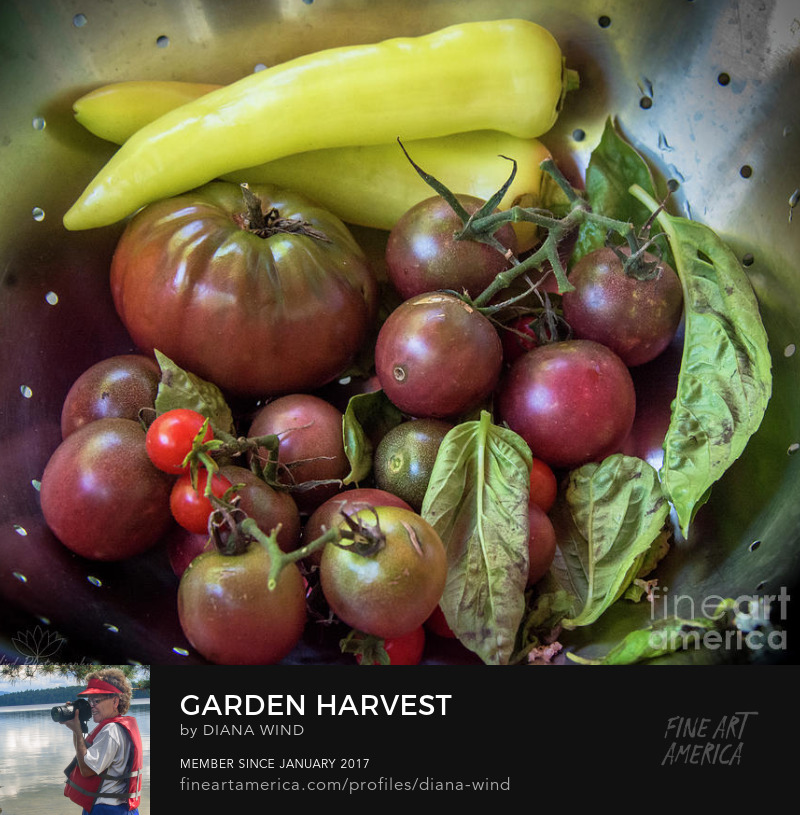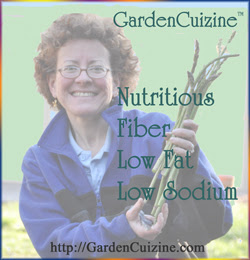Grow Garlic Allium sativum
You can easily and sustainably grow your own garlic. A single clove grows into a whole bulb! Fresh garlic adds great flavor and nutrition to foods. When roasted, the flavor becomes sweet. Roasted garlic* is delicious added to vegetable dishes or as a spread on homemade whole grain bread. Most people think garlic is garlic. But did you know there are literally hundreds of different types of garlic with differing degree of garlic taste and flavors? Typical supermarket bulbs are large and bright white and usually come from China, the worlds biggest producer.
Purchase garlic from a supplier or, if you don’t mind not knowing exactly what the variety is, pick up fresh bulbs at your farmers market and plant the cloves. Select firm, organic bulbs (non-organic bulbs may have been treated to hinder sprouting). Garlic from suppliers is usually shipped late September or early October.
Garlic Varieties
Garlic species are divided into softnecks var. sativum and hardneck var. ophioscorodon.
Hardnecks– are cold hardy with stronger garlic flavor. Hardneck varieties grow scapes. You can cut off and use the mild flavored herbal scapes as you would garlic chives in your recipes. The main hardneck types are Rocambole, Purple Stripe and Porcelain. Varieties include: Duganski, Deerfield Purple, German Extra Hardy, Purple Glazer and Rossa di Sulmona. Dig up and harvest the garlic bulbs after their green growing stalks turn brown, in June or July.
Softnecks – have milder garlic flavor and are ready to dig up sooner (sometimes by April) than Hardneck varieties. Softneck garlic is usually the type sold in supermarkets because they have a longer shelf life. They are not as cold hardy and can be grown in warmer climates. The main types are Artichokes and Silverskins. Homegrown softneck garlic can be traditionally braided and hung in your kitchen. Varieties include Early Italian White, Early Italian Purple, Italian Late, White Sicilian and Chinese Pink.
Elephant Garlic
Allium ampeloprasum is very mild in flavor and is not really a true garlic.
Garlic, along with onions, leeks and shallots are members of the Alliaceae family and are really easy to grow. Children can be big helpers too when it comes to planting garlic. Garlic cloves are large - the perfect size for little fingers to grip and push into the soil.
Planting Garlic
Fall-planted garlic works well for Northern and gardeners who have cold winters. Gardeners in Southern areas, with mild winter weather, can plant garlic in late winter or early spring. Garlic can be planted in rows in prepared garden beds or can be grown as a companion plant alongside some plants (cabbage, beets, roses) because of garlic's natural pesticide properties.
- First break apart the bulb, separating the cloves. Each individual clove will mature into whole bulb of garlic by the following summer. There is no need to peel each clove.
- Using a small shovel or trowel, make a trench a few inches deep for how ever many rows you wish to plant.
- I then like to push my finger in the soil before putting in each clove. The space between each clove should be around 3-4-inches to assure room in between for the clove to grow into a bulb.
- Position each clove flat side down in each hole with the pointed tip up (roots grow down from the flat part).
- After you get all the cloves in the dirt, position stakes or signs so you remember where they're planted.
- Cover the cloves up with dirt, gently patting down the soil. No need to water them. Let mother nature do the rest.
Garlic is hardy and will grow in most soils. For the best garlic, horticulturists recommend growing your bulbs in rich, well composted soil. We grow ours in a raised bed, and mix in compost annually.
Related links:
Gourmet Garlic Gardens click on the link and scroll down for great photos!
Garlic and Organosulphur Compounds
Garlic
Fruits and Veggies More matters Garlic
Blog article and photos copyright ©2011 D.Wind. All rights reserved.




































